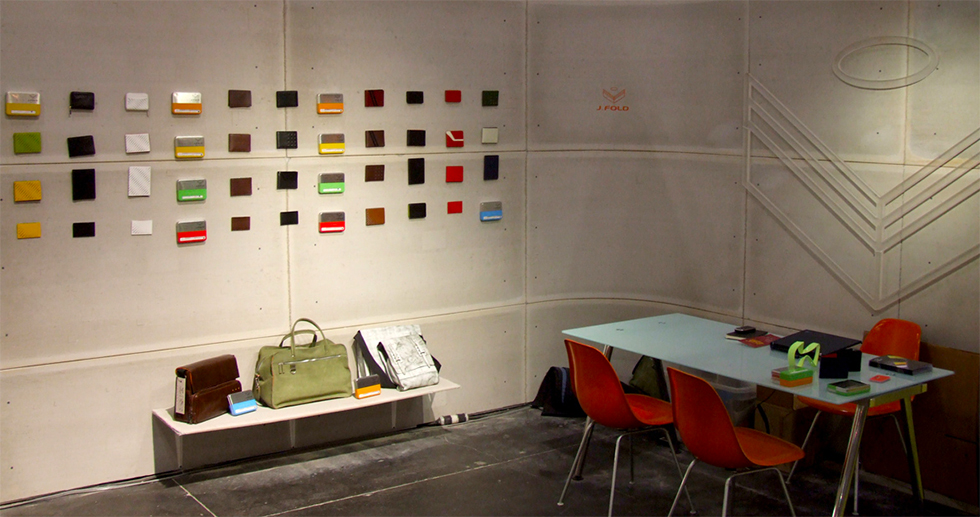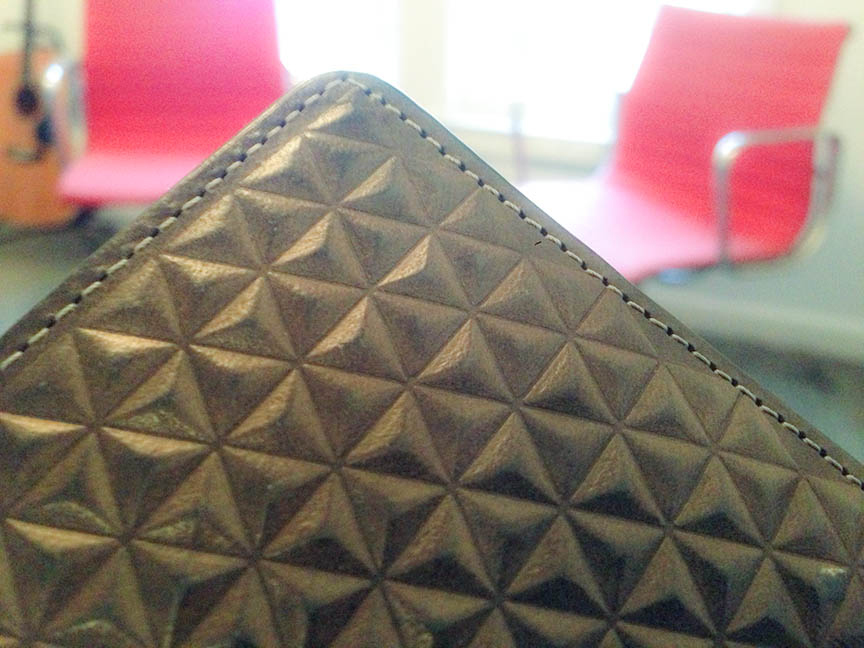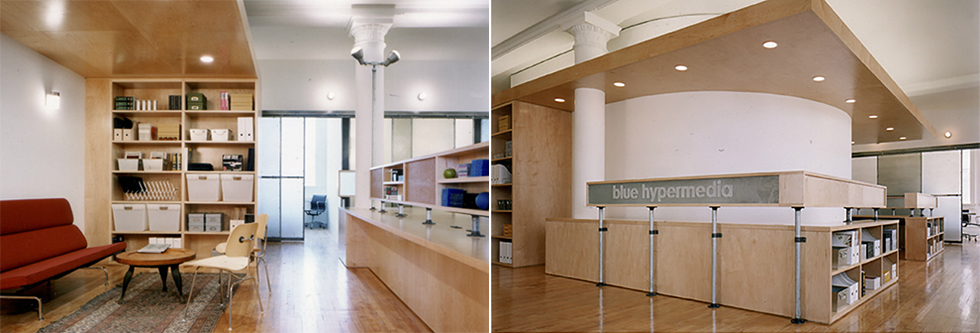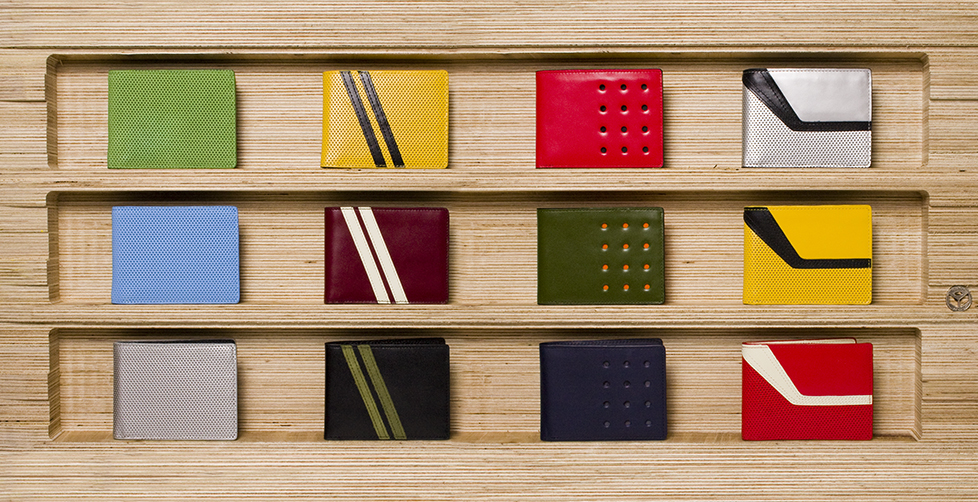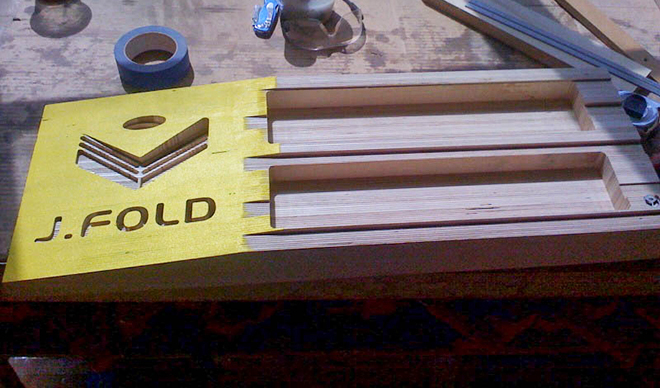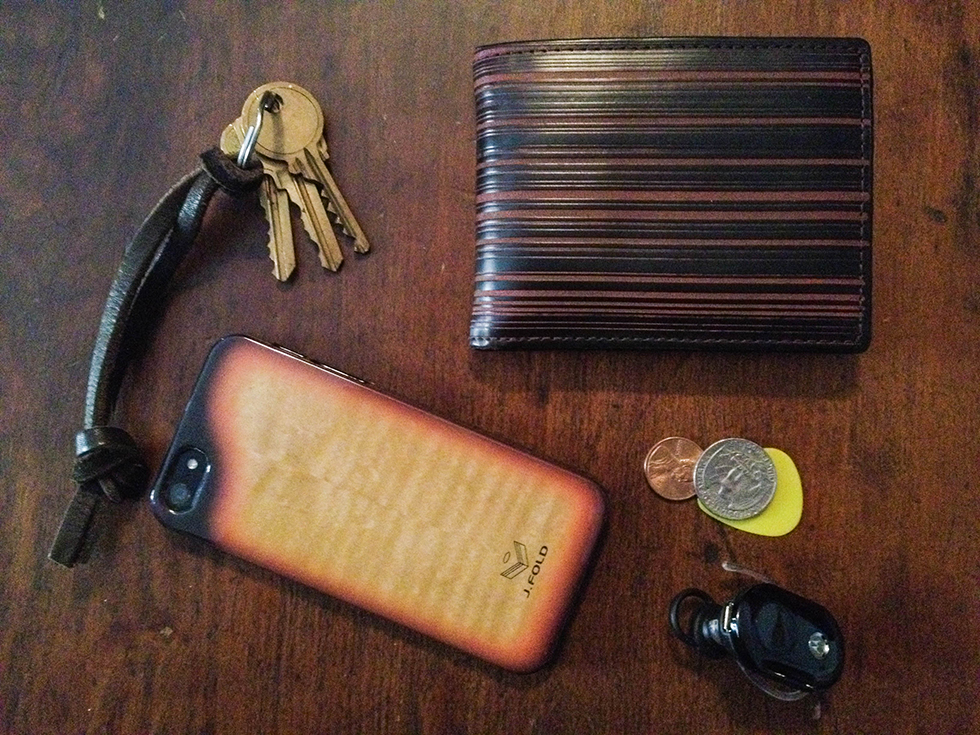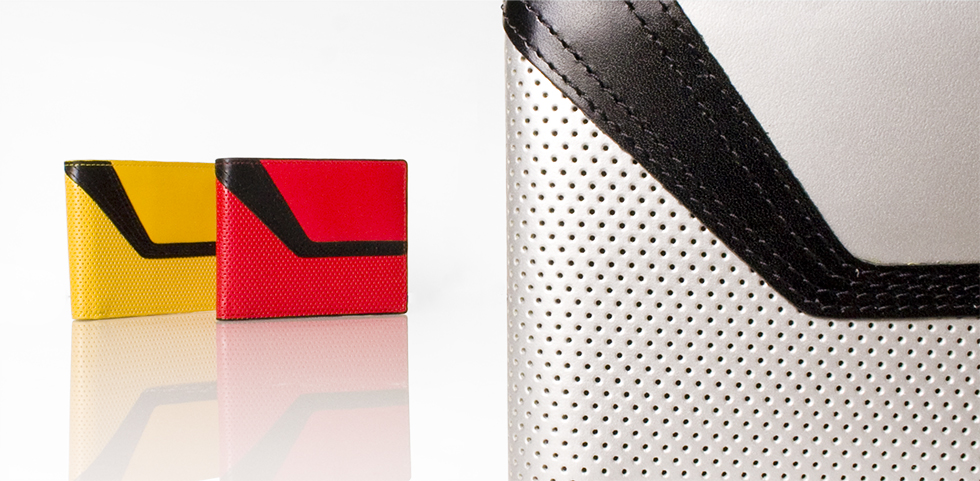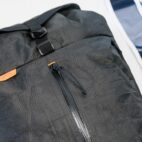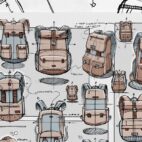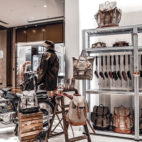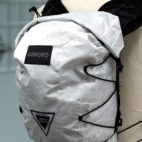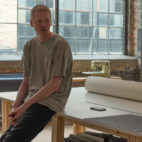Interviews :: Will Snyder J.FOLD
J.FOLD should feel pretty familiar to you. Their colorful leather wallets made a huge impression back in the mid naughties, filling previously sombre cabinets with splashes of yellow, reds and blues.
The man behind it all was Will Snyder, a mathematician who got bored with blacks and browns. But the interest for Carryology goes beyond just bold sport inspired perforated leathers. After founding J.FOLD in 2003, then seeing it grow quickly through it’s formative years, Will licensed the J.FOLD brand to Mundi Westport, while taking up a position with them managing product development.
We thought it would be neat to talk through that journey, from the seed of an idea through to handing over the operations. So let’s get started…
—
You’re a mathematician yeah?
Recently, I’ve only had the opportunity to enjoy mathematics as an amateur, but prior to J.FOLD I developed probability models for prediction and forecasting.
Still, math plays a role in my designs. The new J.FOLD Tetra is an homage to the simplicity of geometry. The Italian vegetable-tanned leather is embossed with tetrahedrons – the geometric solid with the fewest faces, each face being the polygon with the fewest sides, a triangle. You’ll recognize in the pattern, both the triangles and their naturally resulting hexagons which create the honeycomb pattern which shows up so often found in nature.
Can you describe how you got started with wallets?
In 1996, I co-founded a digital branding agency called BLUE.COM. There, I built many international brands but always as the “digital” part of the team. I became interested in the many other real-world components of building a brand – manufacturing, logistics, etc. I sold the branding agency (http://tinyurl.com/l2xpeh5) and started J.FOLD as a sort of DIY project to see if I could put together all of those components and deliver product, however niche, to an international consumer. So even as I was developing the first production run, I was setting up overseas bank accounts and negotiating distributor relationships in the UK, Germany, Australia and anywhere I saw a market for the brand.
Who helped you the most through those early years?
In the early days of J.FOLD a single factory in China’s Guangdong province made all of the product. Guangdong is home to many small factories and to the even smaller suppliers that grow up downstream from those factories. Jimmy, the owner of that initial factory, helped me innovate in those early days as we navigated the growing and dynamic economy of downstream suppliers. As both of our businesses have grown, we’ve remained friends. He and his wife visit my family when they are in town. They’ve known my children since they were young.
Did J.FOLD start to settle in? Did it ever find a strong rhythm?
J.FOLD is constantly evolving. There is a core group of items that I continue to produce because there is so much demand for them. But creatively, those styles have become like the hits I only begrudgingly play, like Warren Zevon having to perform Werewolves of London for the the ten thousandth time. The truest spirit of J.FOLD is always in the new styles. The Italian tanneries I use are constantly experimenting with leather to see what they can do that is new, cool and beautiful. So when I find leathers that I like for J.FOLD, I become focused on that next evolution of product. Because it’s uncharted territory, these new styles are always expensive to make so I usually produce them in small quantities. When one of these experimental styles becomes a hit, I buy the leather in larger quantities and drive down the manufacturing costs. Then, from a creative standpoint, I move on to the next idea.
Was it all about color and interest, or was there another insight?
In 2003 there was almost nothing interesting in men’s wallets. Paul Smith was doing very cool pieces, but they were super expensive. I wanted to understand why there wasn’t niche product available at a reasonable price. The answer, I discovered, is that until recently it was just too difficult to manage a high SKU-count across a business as small as men’s edgy wallets. Today, there are better tools to manage that inventory, so J.FOLD was fortunate to come along at the right time.
So when did the idea of licensing or selling start?
Having previously built so many dot-com brands in a time of numerous mergers and acquisitions, I was well-aware that the J.FOLD brand could have value to larger players in the industry. Still I was surprised at how many suitors there were.
Did you consider other buyers?
The only other suitor I seriously considered was a public fashion company in Texas. They were growing quickly, were well-managed and innovative and would have been a great partner. But in the end we all agreed that the J.FOLD brand would have lost its identity in the fast-paced growth that this public company was already experiencing.
Any interesting stories from the sale process and transition?
Having sold my previous company, Blue.com, to a public company, I was expecting a similarly quick process. But Mundi Westport is a family owned business whose success is built on strong relationships and teams. We spent a longer time making sure the relationship was a good fit in terms of personalities.
What new opportunities has Mundi opened up?
They provide broader and more coordinated distribution. Because of their close relationships with department stores, I can develop new styles and determine whether they will have a good home before I actually produce them. On the other end of the spectrum, their relationships with discounters and online flash sale sites provide a safety net for us so that we can take risks on creating edgier styles.
Can you describe Mundi Westport from the inside view?
They’ve been around since 1969 and are very successful. They continue to grow and to be profitable in the consolidating industry of licensed fashion. The company, and the business of licensed fashion in general, has evolved through generations of adaptation into a delicate ecosystem that is difficult to change piecemeal. The opportunities come in the form of significant disruptions rather than gradual changes. Mundi Westport is always evaluating opportunities for major moves forward.
They do a lot of private label stuff yeah? Are you involved in non-J.FOLD projects?
Yes. I developed product for other brands such as Andrew Marc and Timberland as well as for department stores under their own private labels. Those private label projects are interesting in that there is one fewer party taking margin because the store owns the brand. On the other hand, there are fewer outlets for the product. So things like costs and minimums play a different role in the development process. Those different parameters yield different product than would a traditional branded process. The old adage that “constraints make good design” is true even when the constraints are profit margins and minimums.
Does your creative process differ now from when you were independent?
Fall/Winter 2014 is the final season designed by my own team within Mundi Westport. While I’ll continue to provide creative direction, I’ll no longer be involved with Mundi Westport or J.FOLD on a day to day basis.
What do you want to achieve next with J.FOLD?
Now that Mundi Westport has taken over design and distribution, I’ve turned my attention to finding the right partners to focus on branding and additional licensed categories.
What keeps you excited?
Math. I’m going pro again. I’ve just embarked on a new venture independently of J.FOLD and Mundi Westport. I’m putting together the tools and team to quantify the consumer/brand feedback loop that fuels the fashion business. Perhaps J.FOLD will be a customer.
Your new project sounds amazing, especially in the context of the licensed brand space. As brands get bigger, or licenses more extensive, it’s really easy for brands to lose that feedback loop. Have you seen particular brands who manage that consumer feedback loop really well or really poorly?
Timberland manages that feedback loop particularly well. Because they have many of their own retail stores, they gather well-structured data across categories, including those categories produced under license. They leverage that data by applying meaningful resources toward interpreting and communicating this feedback to their licensees in the form of strong creative direction and easily accessible consumer facing digital assets.
How did you try and manage consumer feedback loops with J.FOLD?
Licensees such as Mundi Westport focus less on the longer term goal of brand development than do the brand owners. Licensees necessarily focus on the shorter term goal of sales. So, while working within the Mundi Westport structure, I shared that shorter horizon. Today’s increasingly immediate data combined with stronger data analysis tools provide brands and licensees the opportunity to narrow that gap between a short term focus on sales and a longer term focus on brand development.
A big thanks to Will for his time and answers.





 Carry Awards
Carry Awards Insights
Insights Liking
Liking Projects
Projects Interviews
Interviews
